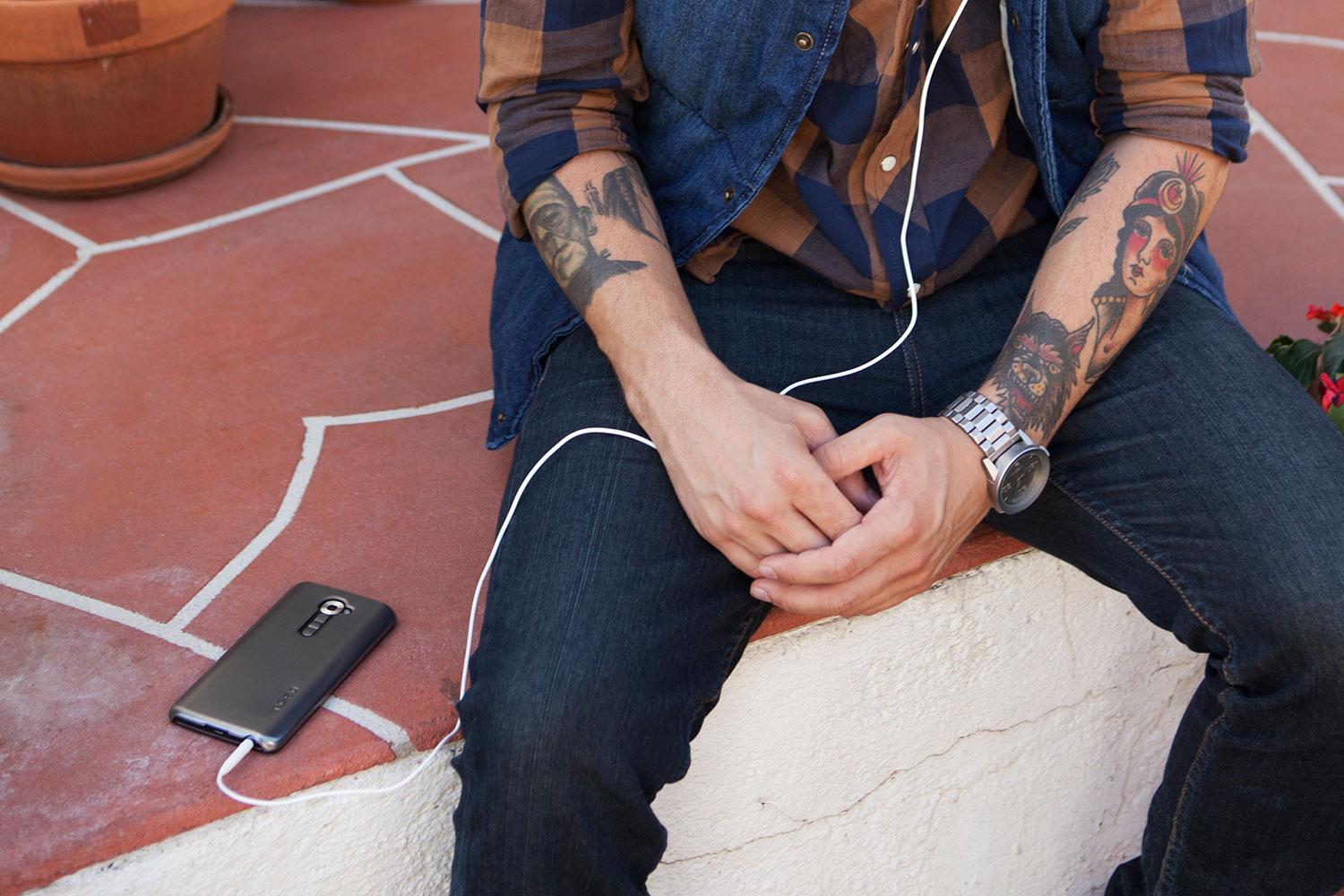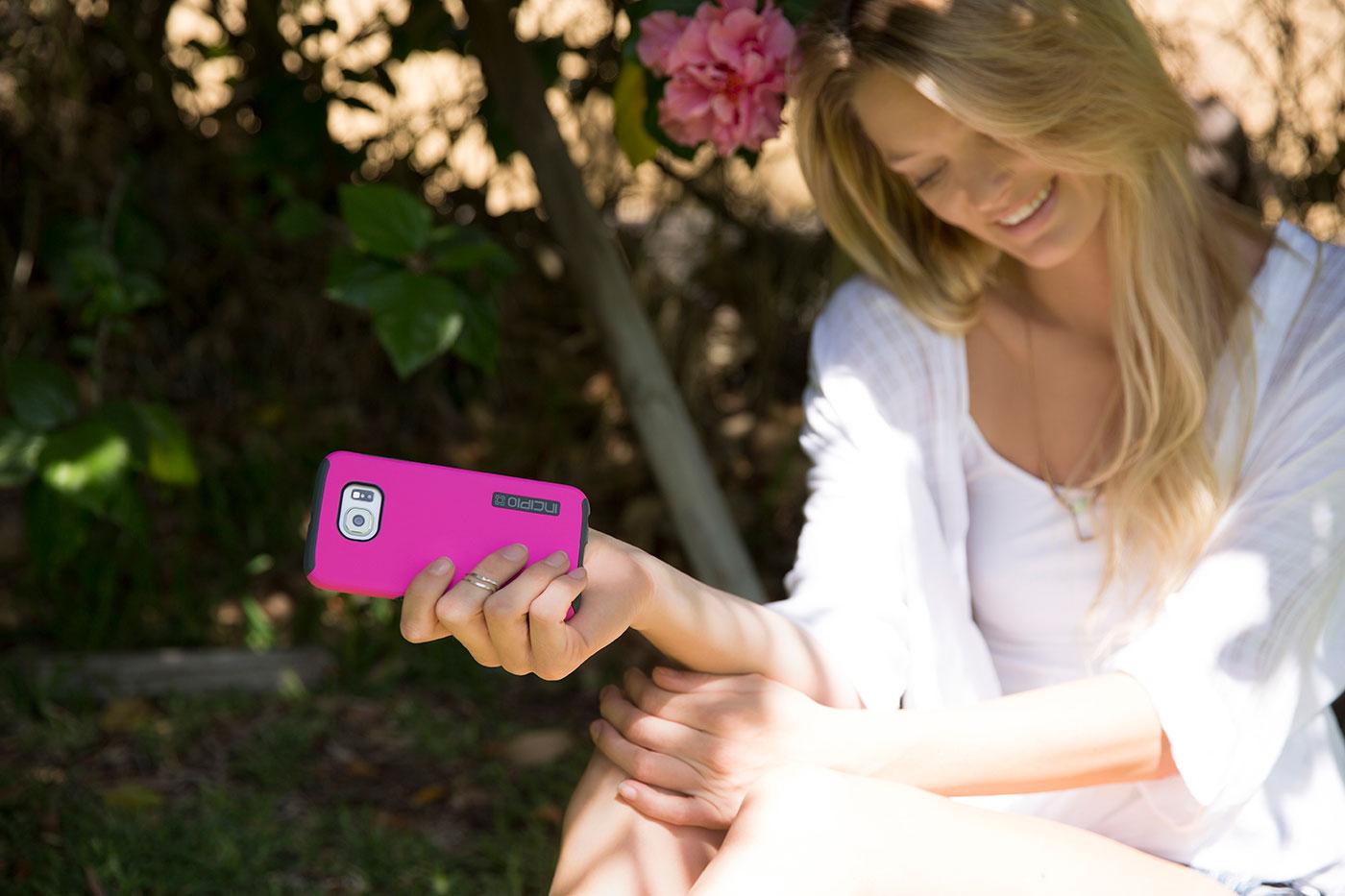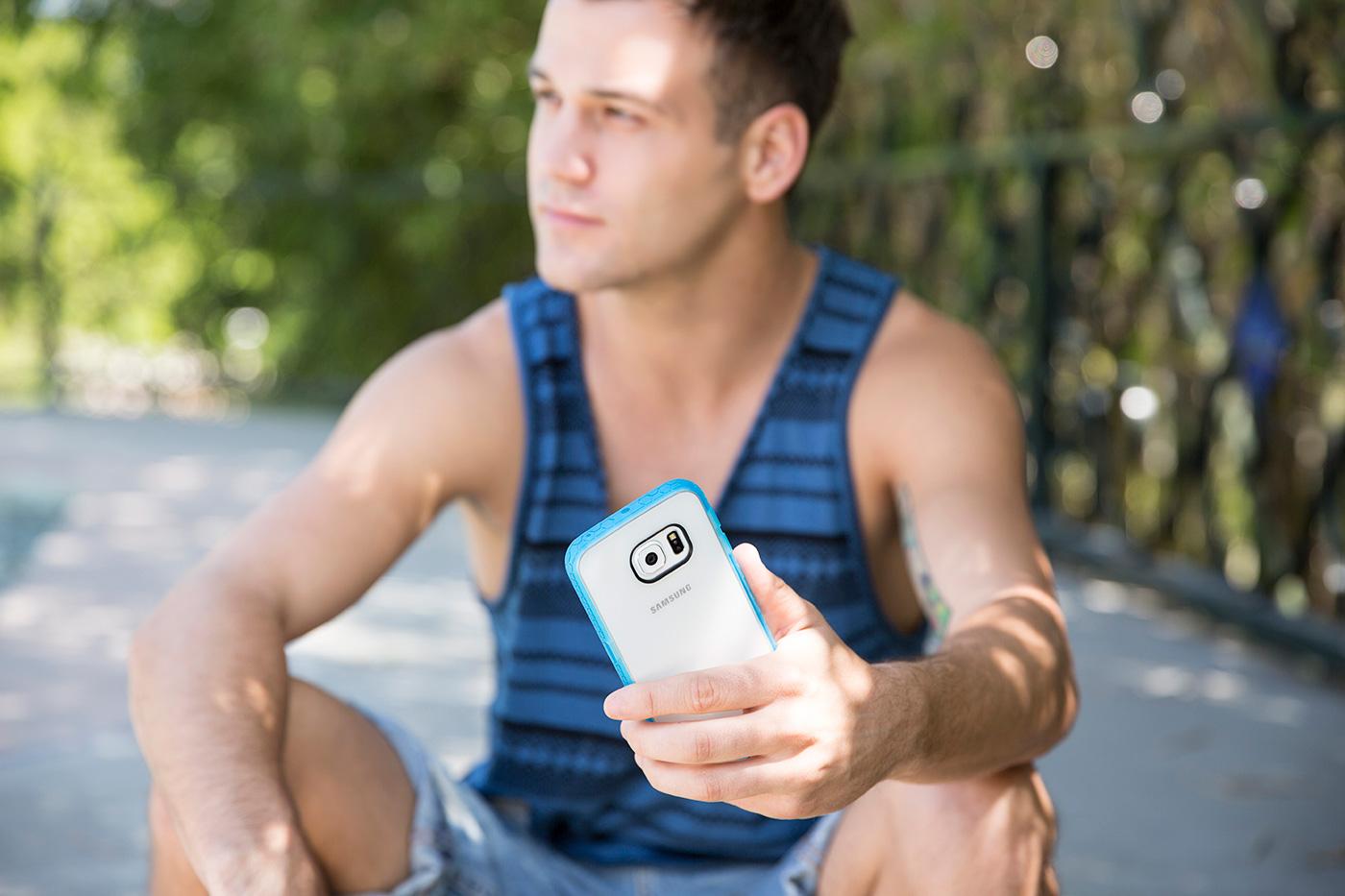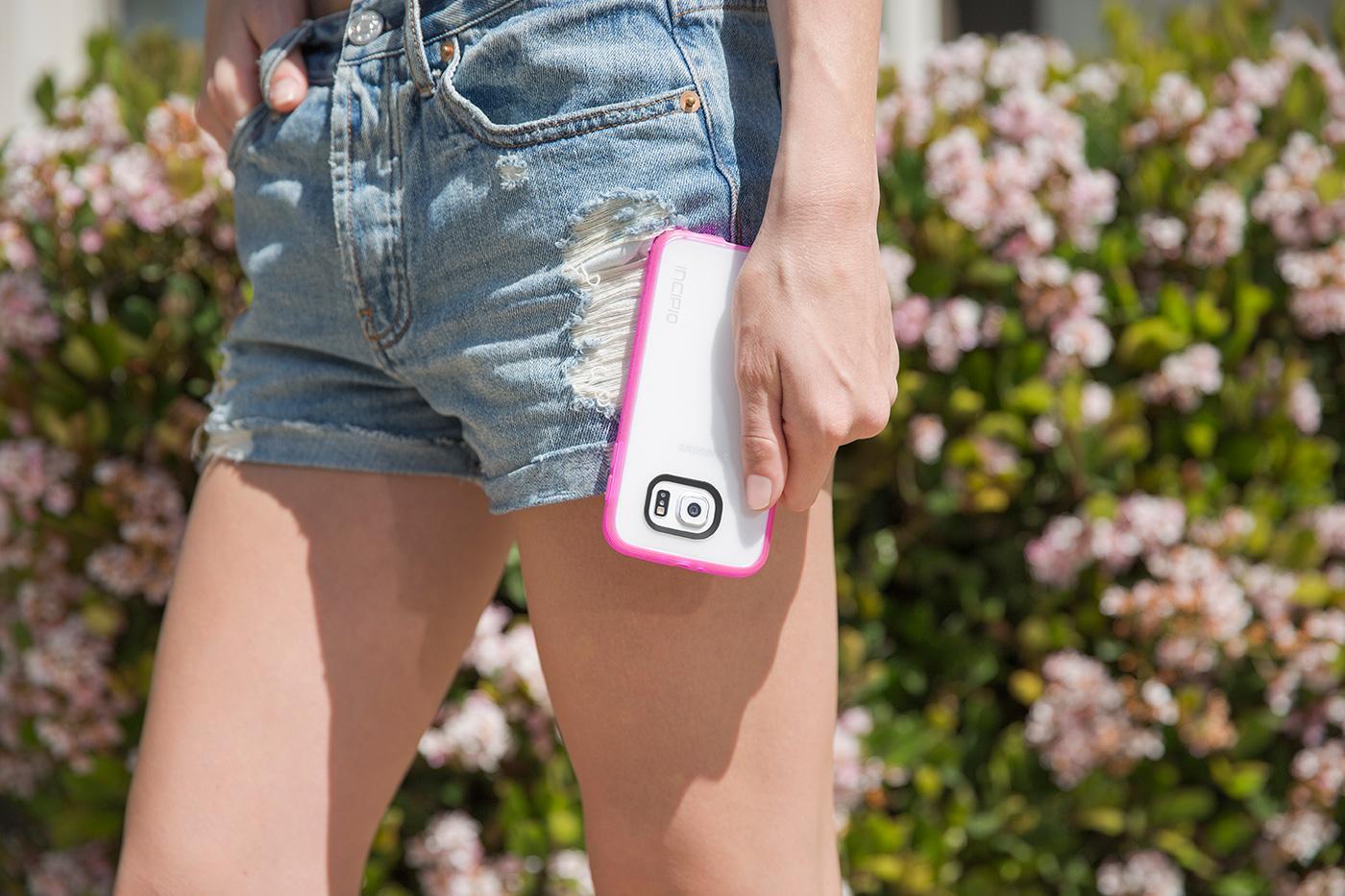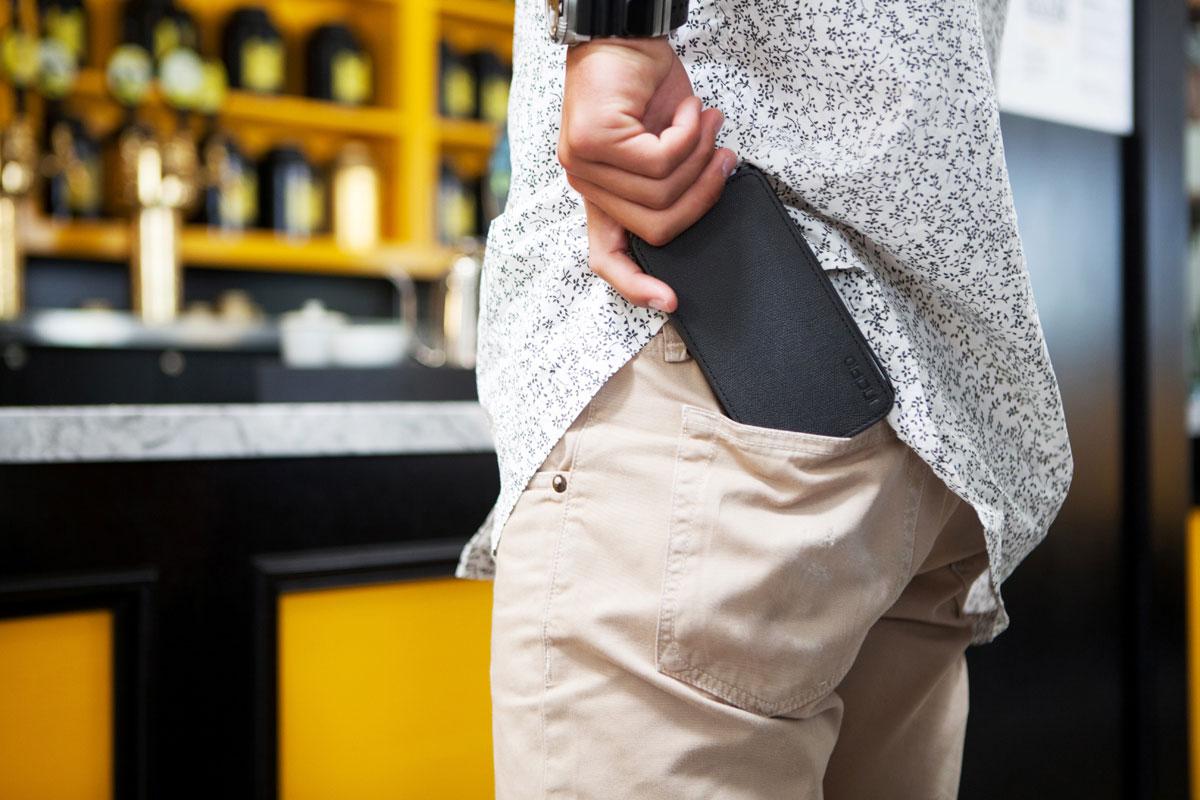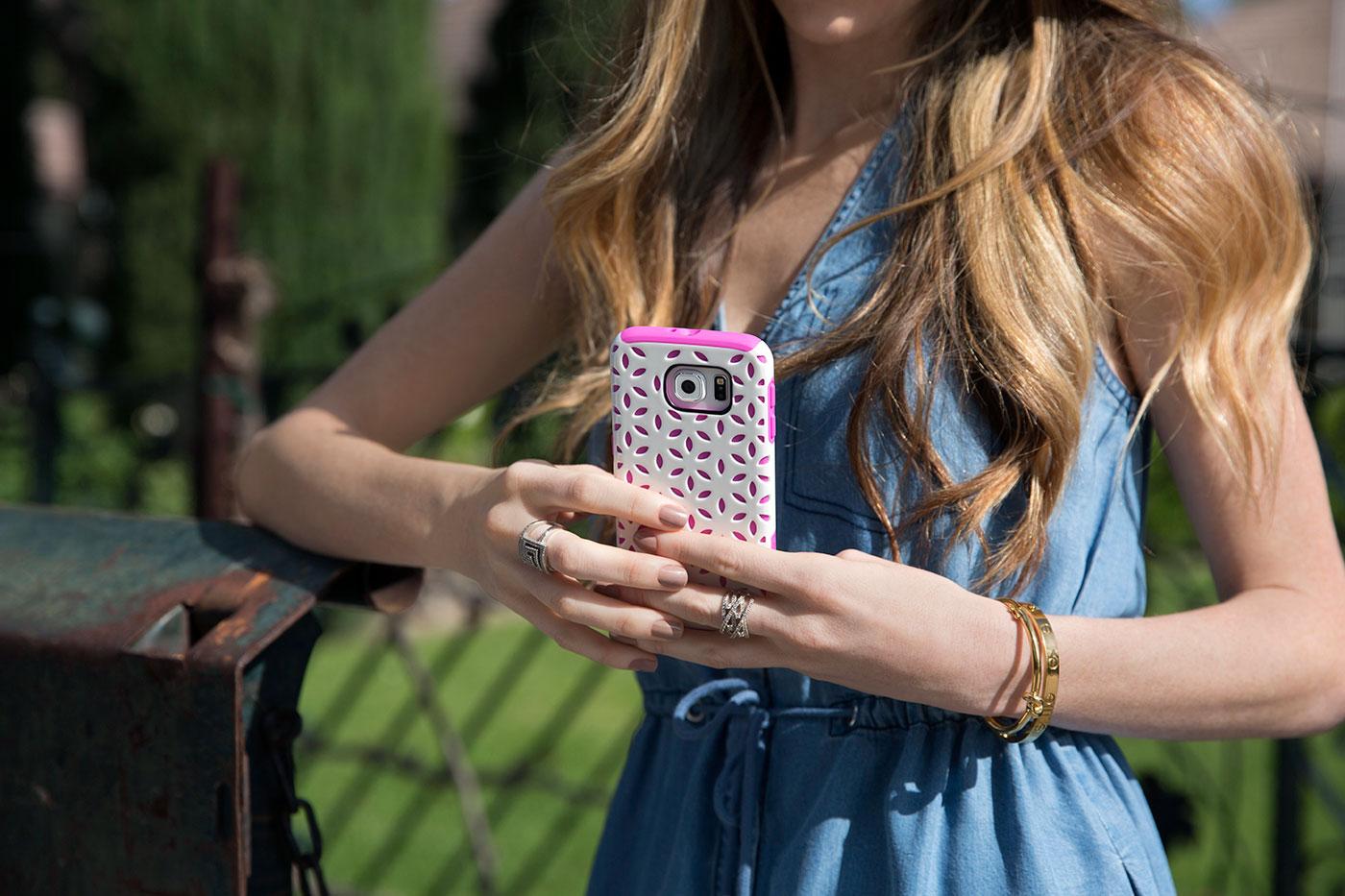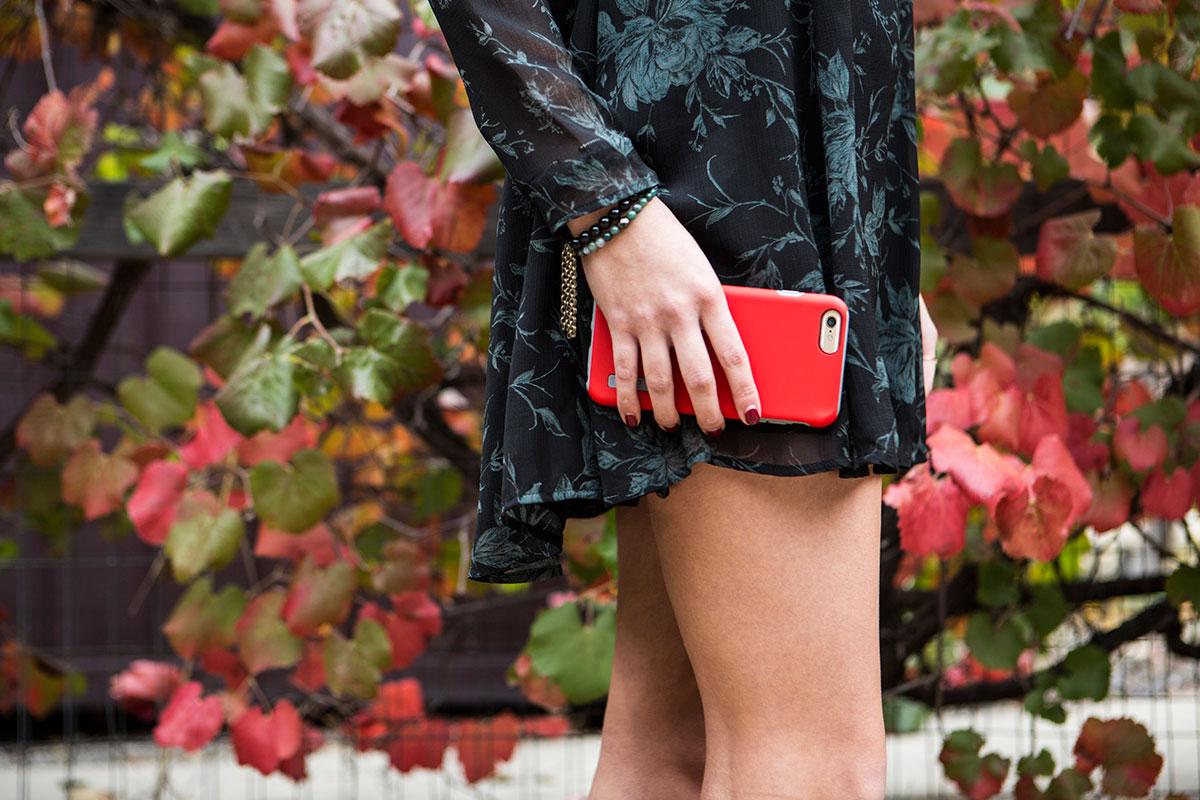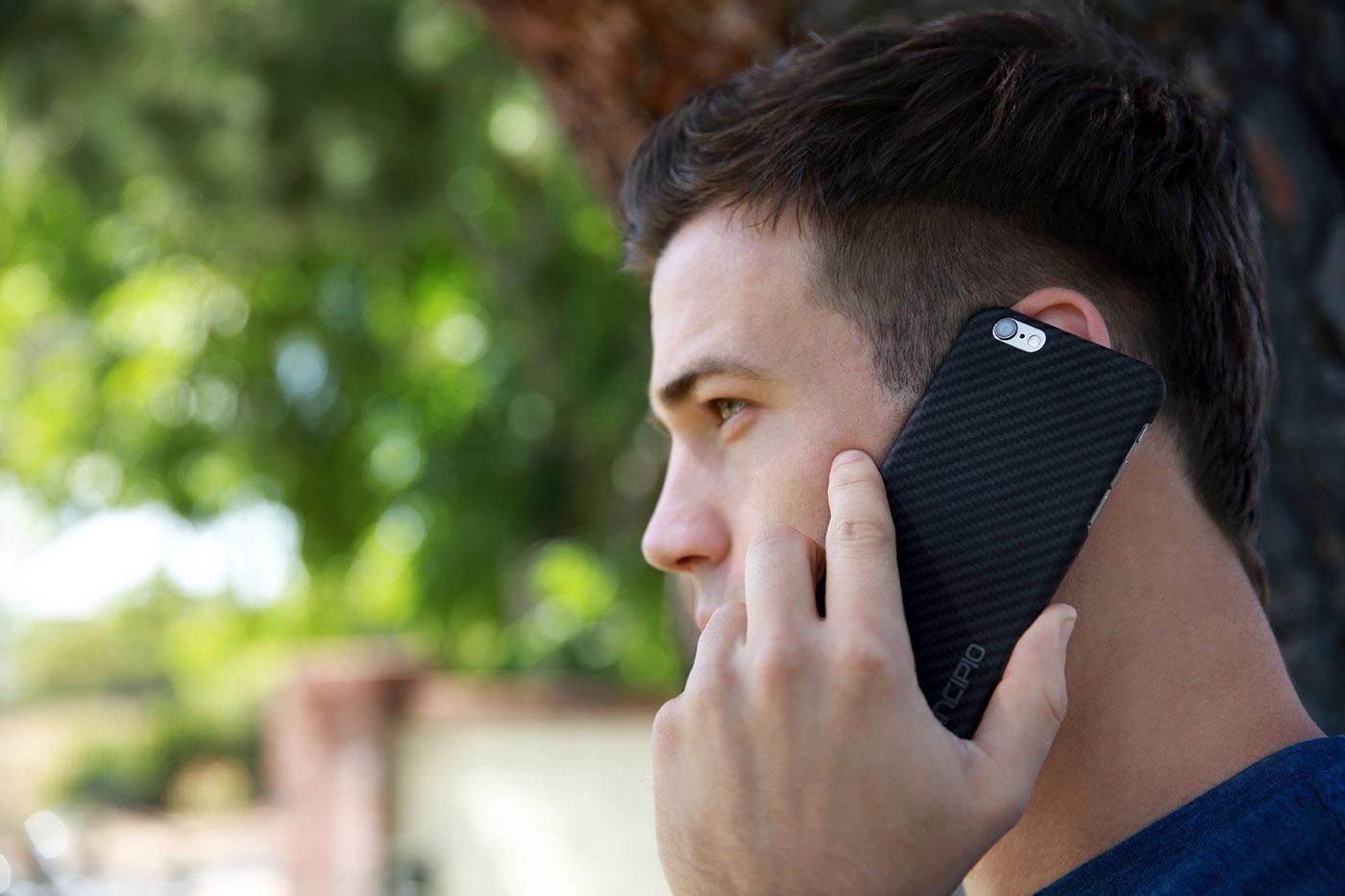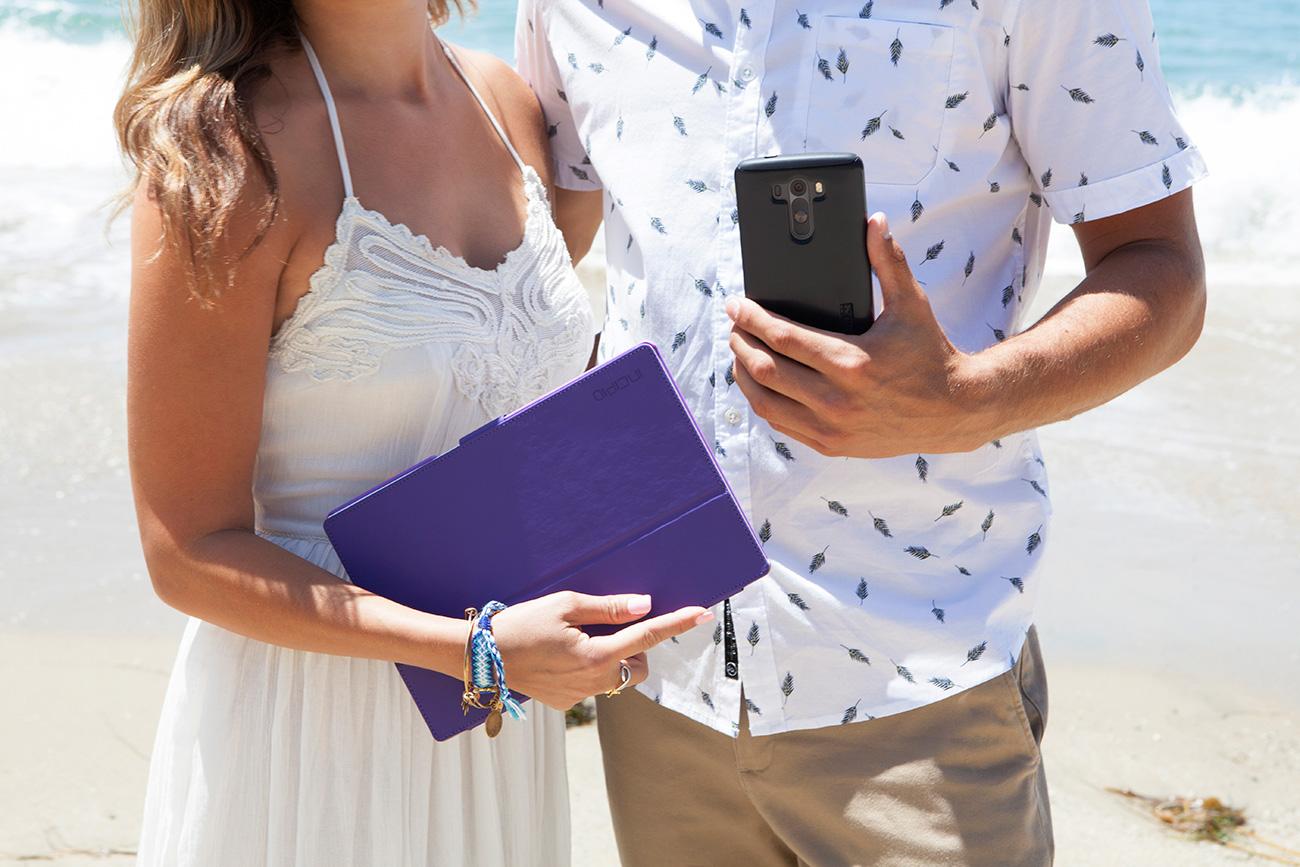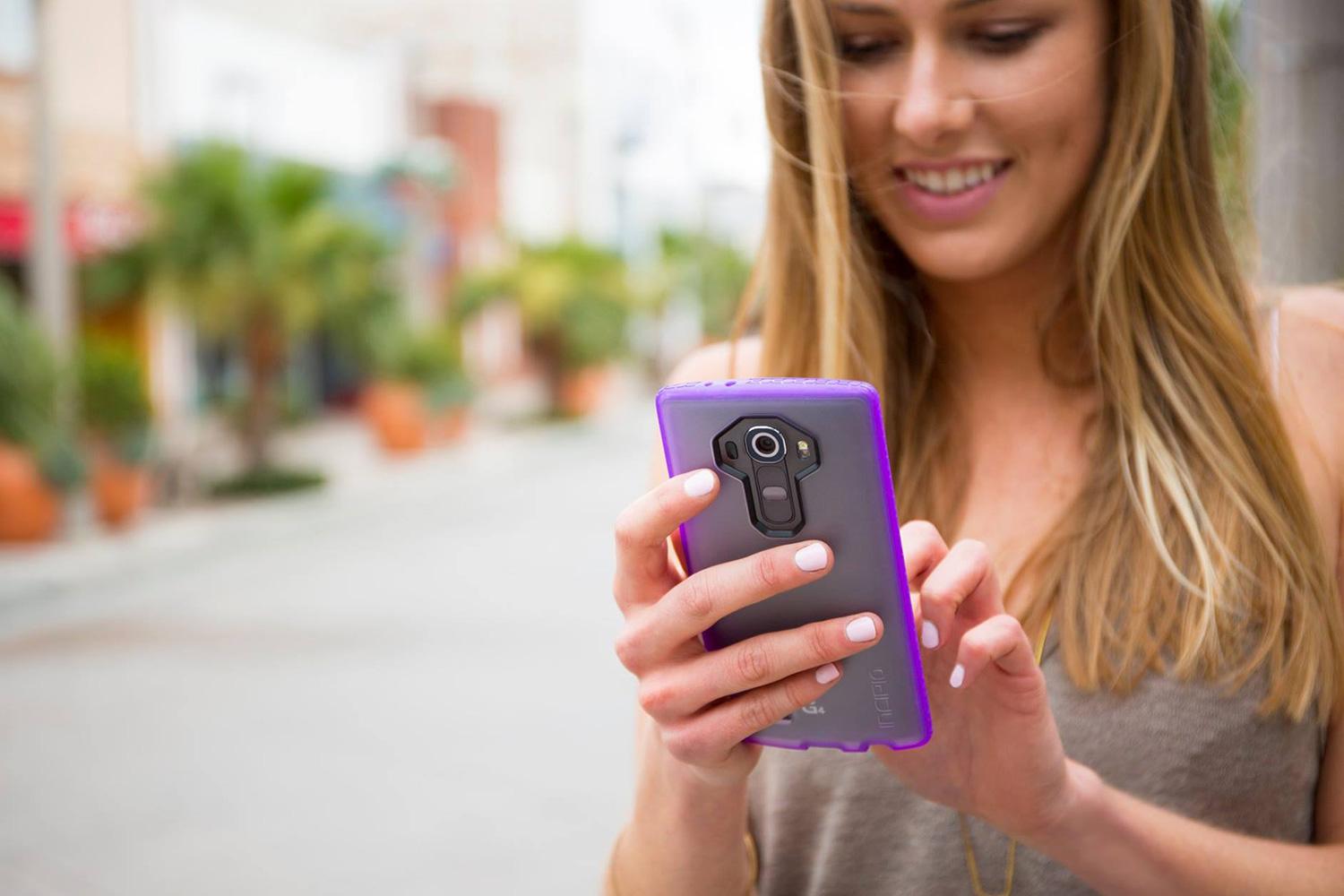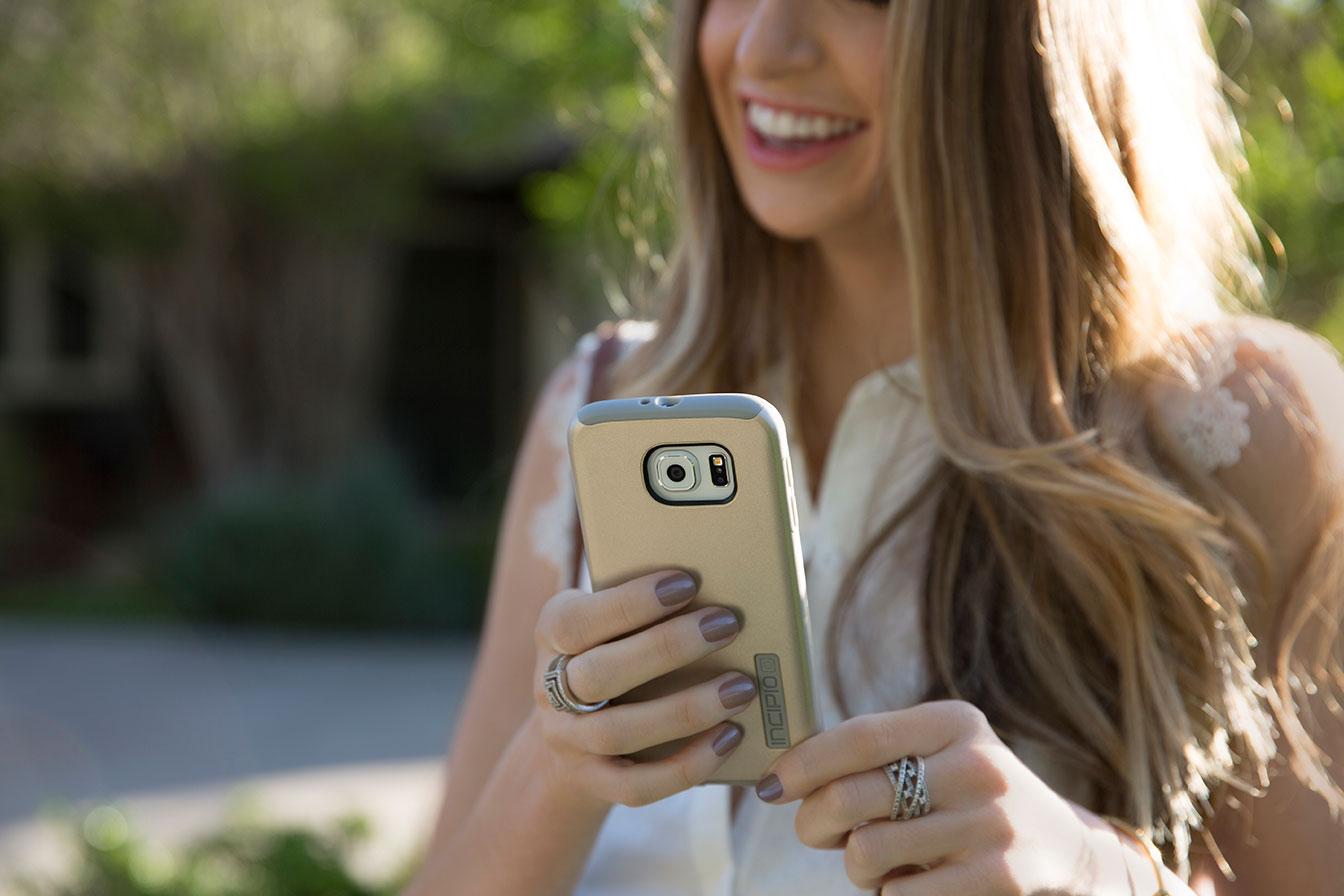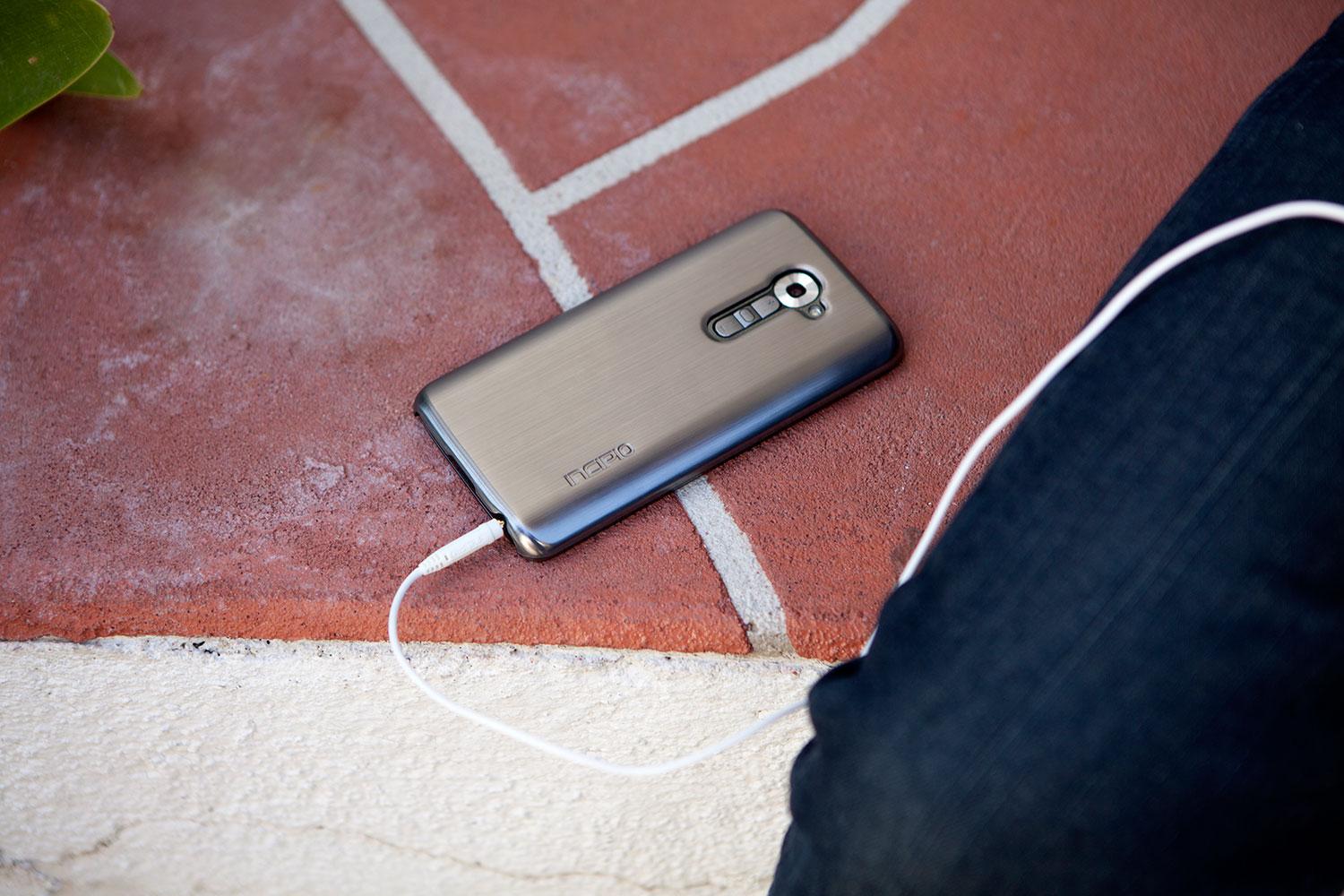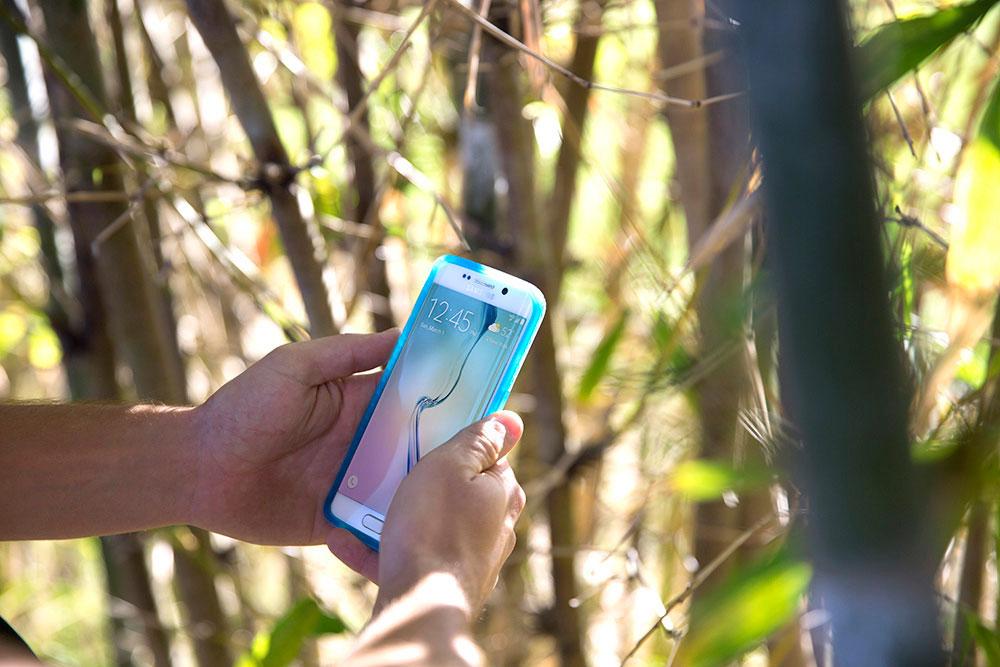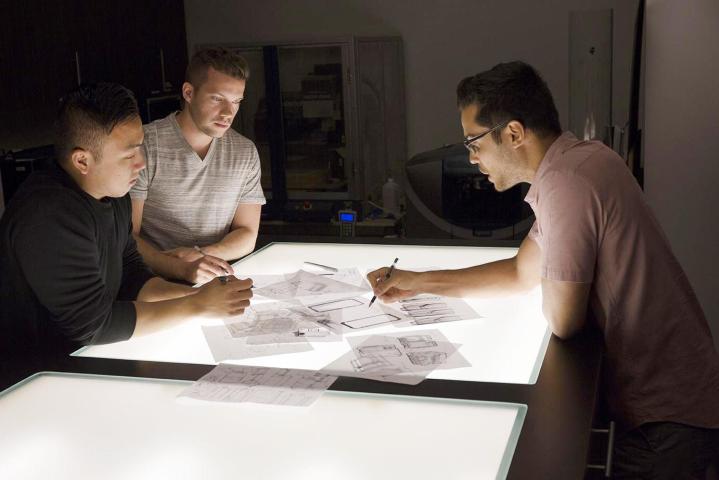
“I started the business out of my parent’s garage 16 years ago”, says Incipio Founder and CEO Andy Fathollahi
It’s a classic entrepreneurial success story. Incipio now employs more than 350 people from its headquarters in Southern California to places as far flung as London and Hong Kong. If you’re wondering, that first case was for the Palm Pilot, and back then Fathollahi handled the design all by himself. Nowadays, the process of making the simple sheaths that keep your phone from shattering is an entirely different beast.
No small task
As smartphones have become ubiquitous, making cases for them has become big business. According to NPD Group research, around 75 percent of people put a case on their smartphone. With around 1 billion smartphones sold in 2014, that means 750 million phone corresponding cases sold — and that’s if case fans only buy one. The NPD Group told us that U.S. retail sales were $81.2 million last year, which translates to $2.6 billion, and things like marketplace stalls and mall kiosks aren’t included in that figure.
To keep up, Incipio needs manpower. “We’ve got eight full-time industrial designers, we’ve got a mechanical engineering team, and we’ve got about a dozen 2D designers,” Fathollahi explains, “Our design and engineering team is close to 40 people now, it’s one of the biggest in the industry.”
Incipio is a global business selling cases in more than 50,000 retail stores worldwide, through countless carriers, distribution partners, and online. The company has sold more than 20 million cases in the last two years. Most cases are sold through the carriers and at retail.
“People get a nice, new, shiny phone, and they don’t want to leave the store without protecting it,” explains Fathollahi.
A lot of case makers stick to the big brands, and there’s none bigger than Apple in the States.
“It’s probably split 50-50 between iPhone and Android now,” says Fathollahi. “The iPhone launch is probably our biggest season of the year.”
Staying ahead
Beyond obvious guaranteed hits like the iPhone, how does the company decide on which devices to manufacture for?
“We have a policy here, there’s a group of three or four of us, we touch and use every handset that we develop products for,” says Fathollahi, “If we have confidence in a device and we think that customers are going to be happy with that device, then we make accessories for it.”
The beauty of doing this for so many years, is that we’ve refined and refined, so we ship a very good product.
It’s an industry where some of the smaller players gamble and lose, manufacturing cases based on leaked designs in hopes of getting ahead of the competition. Apple famously doesn’t share designs before unveiling the latest iPhone models, but most manufacturers are content to wait for a final design before pulling the trigger. In the Android world, it’s possible to get an advanced look.
“We’ve got contractual relationships with all of the handset makers,” explains Fathollahi, “It helps us have great products available at the time of launch.”
Samsung, HTC, Motorola, LG, Sony, and a few others all have official programs that case manufacturers can pay an undisclosed sum to join. That deal gets them early access to new phone models so they can have cases ready to launch on day one, or sometimes to show off alongside the new device when it’s announced, which can be weeks or even months before the actual release date.
“Some manufacturers give us six months, some give us three, some give us eight weeks, some forget to tell us and then tell us the day before announcement!” says Fathollahi, “It all depends on the handset and how important the device is.”
What the manufacturers actually share also varies wildly. Some will provide advanced handsets, some may share schematics of the design and measurements. Director of Products, Carlos Del Toro, is quick to point out, “We have to have a really strict security policy to make sure the phones don’t leak out.”
Even when they do get advanced design or handsets, plans can change at the last minute.
“All handset makers change designs based on customer or carrier feedback close to launch,” explains Fathollahi, “But they tell us when the device design is locked down, and then we’re able to go into manufacturing.”
Surviving a fall
People buy cases for different reasons. Some want fashion, some want extra functions, some want enhanced battery life, but protection is always a key concern. The ability to survive a fall is a real selling point for many people and that’s why a number of big brands do military drop testing now.
“Normally we can tell pretty early on, within a week, if a case is going to be a winner or not.”
“We’ve been doing this for over two years; I think we were one of the first to do it,” explains Del Toro, “We go through the same lab the military uses. My previous job was in developing products for the military, so we’re using some of the same labs.”
The latest standard that many of the toughest cases on the market adhere to, like Incipio’s DualPro, is 810G. To get certified, devices are dropped from a height of 48 inches onto two-inch plywood on top of concrete a total of 26 times. They’re dropped on the face, back, and each corner. If the touchscreen is blemish-free and the phone still works after that, it gets the certification.
Of course, it’s not an absolute guarantee, and it doesn’t make your phone indestructible.
“No case is going to stop accidents happening,” says Fathollahi, “Some instances are out of our control, if you drop it off a building or a car runs over it, there are times when no case on the planet could have saved it.”
Hanging on
Incipio’s case line-up changes frequently. Old cases are retired. Existing lines are updated with new features or tweaked according to customer feedback. Some cases continue to sell for years. For example, Incipio is still selling cases for the iPhone 4 because the secondary market is huge.
“Normally we can tell pretty early on, within a week, if a case is going to be a winner or not,” says Fathollahi, “The beauty of doing this for so many years, is that we’ve refined and refined, so we ship a very good product. If a customer doesn’t like it, we’ll take it back.”
Editors' Recommendations
- Nomad’s new iPhone case and Apple Watch band may be its coolest yet
- This one thing could make iOS 18 the best iPhone update in years
- iOS 18 could make my iPhone look like Android, and I hate it
- The DOJ has sued Apple over the iPhone. Here’s what it means for you
- Samsung’s next folding phone could be cheaper than we thought





